Ongoing projects
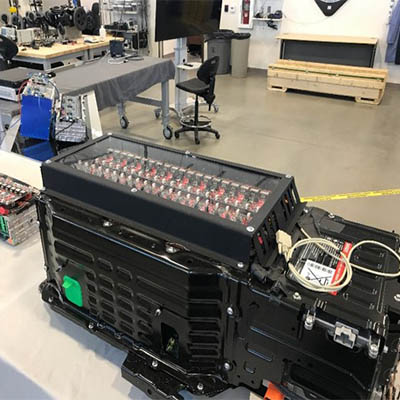
Grid Energy Storage and 2nd Life Lithium Batteries
Utah State University focuses on the design and development of a new innovative power electronics topology based on tiered modular plug-n-play DC-DC power converter matrix with series isolated output connections to achieve fully independent control of energy flow to each of the connected battery modules at low voltage. The project also enhances model based life-cycle control and balancing technology to converge the state of health (SOH) of each battery module to uniformity while collectively providing grid energy storage services. USU also works with University of California San Diego (project lead) and Colorado State University on the techno-economic analysis and tech-to-market pathway analysis.

WAVE XFC
The WXFC project in on the analysis, design and development of the direct medium voltage (MV) grid-tied ac-dc converter in the WXFC-Trucks project. The ac-dc converter directly connects to the MV ac grid at its input side and provides a regulated dc output voltage to the inverter of the wireless charger. The proposed modular design approach for the ac-dc converter allows it to work with higher medium voltage grid connection with minimal design modification. Utah State University worked closely with Schneider Electric on the system level design, UL requirements, thermal management, system mechanical layout, test plans, industrialization and marketing. Project partners include Cummins, Port of LA, and TTSI with WAVE IPT as the lead.
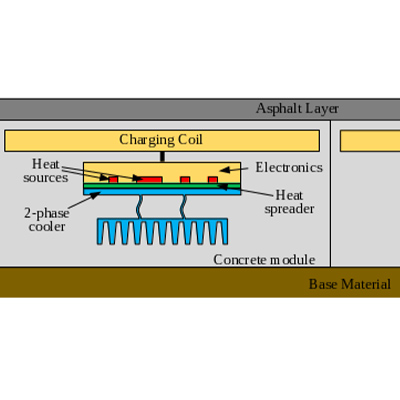
Thermal IPP
This project is supporting efforts to overcome issues of thermal management and structural reliability for embedding wireless charging systems in the roadway. This project will produce a demonstration of the designed system at the USU Electric Vehicle and Test Track Research Facility and lead the way towards charge as you drive capabilities for electric vehicles.
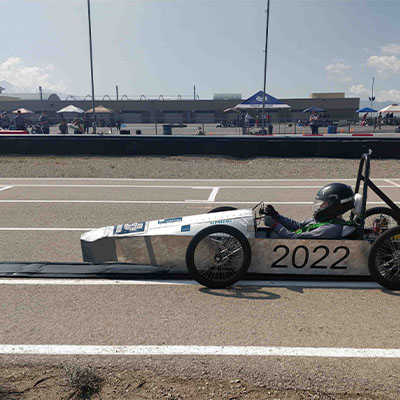
GearUP
Gear Up (Gaining Early Awareness and Readiness for Undergraduate Programs) is a Green power funded college access and readiness program administered by Utah State University that partners with local secondary schools and early college students to prepare for success at the college level. Gear Up’s objectives are to advance education in the subjects of sustainable engineering and technology, support the teaching and learning of the STEM subjects, and provide students and teachers with access to industry leading technology.

Series Resonant Converter Prototype
Utah State University designed and developed the digital control firmware for a Low Voltage Power Supply (LVPS) and Wireless Power Transfer System as well as built and tested a prototype version. The USU team also performed analysis, design and testing on the active clamp circuit with adaptive control. The project includes system-level analysis with Constant Current (CC) and Constant Voltage (CV) distribution including the cable impedance and an analytical investigation of stability of a system including multiple power converters connected in series or parallel to a regulated CC or CV source provided by a common cable utilizing single or two wire conductor topologies. The project is collaborative with Raytheon engineers.

EVR Blue Sky Solar Array
As part of the Sustainable Transportation Energy Plan (STEP), Rocky Mountain Power (RMP) and Utah State University established a strategic collaboration investigating the capabilities of smart inverters and their positive and negative impacts for the RMP’s electric distribution system.
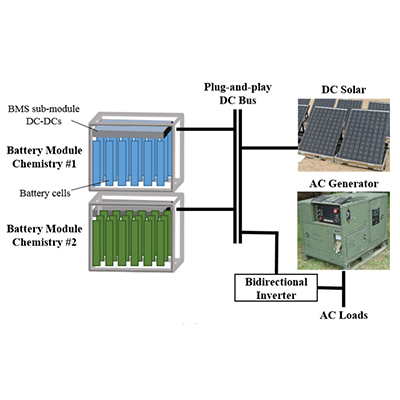
Robust Plug-and-play Expeditionary Battery System
Funded by the Office of Naval Research USU, UCB, UCCS, National Renewable Energy Lab, and Hybrid Design Systems developed a robust plug-and-play expeditionary battery system with cell-level control. The approach was demonstrated two battery modules with different chemistries. Hardware options are included to build militarized battery modules (at TRL 6) and to improve DC-DC efficiency to greater than 97% using wide bandgap (GaN) technology. additional options can lead to significant performance enhancements through software upgrades, including physics-based models for an additional chemistry (LFP), advanced cell diagnostics and remaining life prediction, and enhanced safety and operational range.
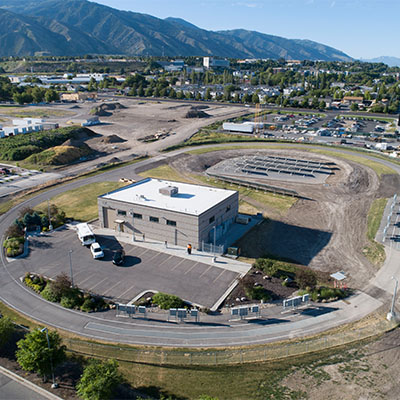
Rocky Mountain Power microgrid
With increasing distributed energy resources interconnecting to the grid, Rocky Mountain Power (RMP) expects light industrial and commercial customers will install microgrids to optimize energy costs and create the ability to isolate themselves from the grid during power outages or events to improve reliability. The purpose of the microgrid project is to demonstrate the feasibility of operating a microgrid and its effectiveness in improving reliability, while also assessing the gap between microgrid system costs and existing value streams. This project will help understand system impacts to inform RMP policy and standards for use in anticipated requests from customers to operate as a microgrid.

Enabling Secure and Resilient XFC
In a DOE VTO funded project led by Virginia Tech and including Utah State University, Georgia Tech, ChargePoint, Ford, and Commonwealth Edison, the team is designing a cyber-physical security-hardened AC-DC super-fast charger and battery management systems including DC-DC converters that are capable of resisting false data and false actuation attacks by leveraging redundancy, diversity, and watermarking. The Utah State University and Virginia Tech partners are also collaborating on the cyber-physical security modeling of the AC-DC and DC-DC converters that can be extended to other application scenarios.

